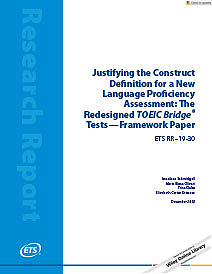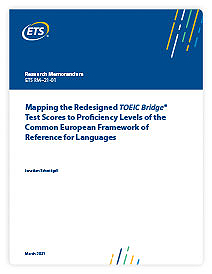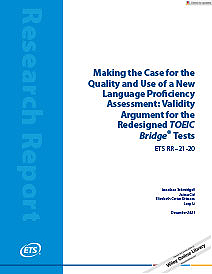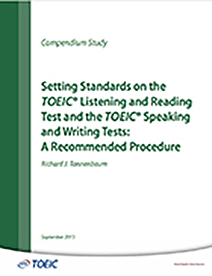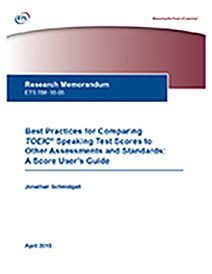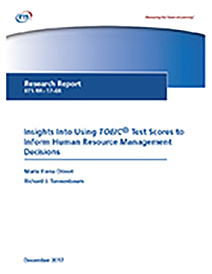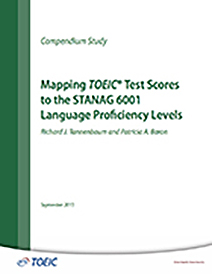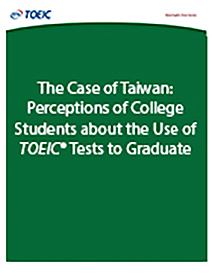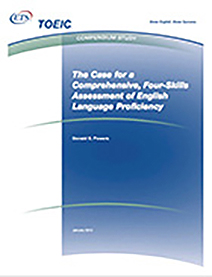Appropriate TOEIC Test Use
TOEIC score users can rely on TOEIC scores to make fair and equitable decisions that reflect their needs and priorities. We provide illustrations, tools and guidance that allow score users to better understand English requirements and correctly interpret TOEIC scores.
